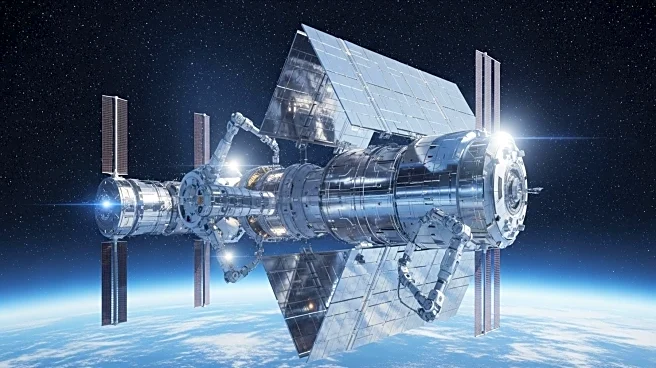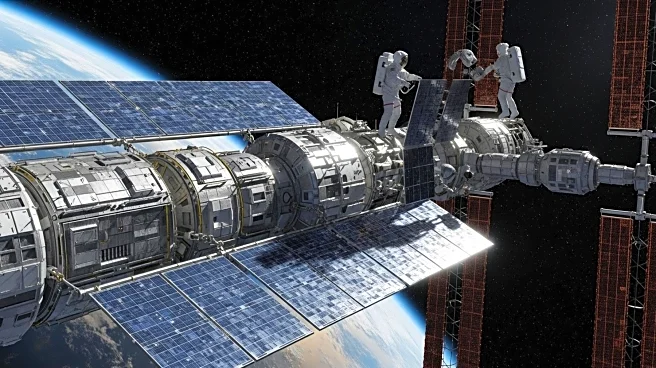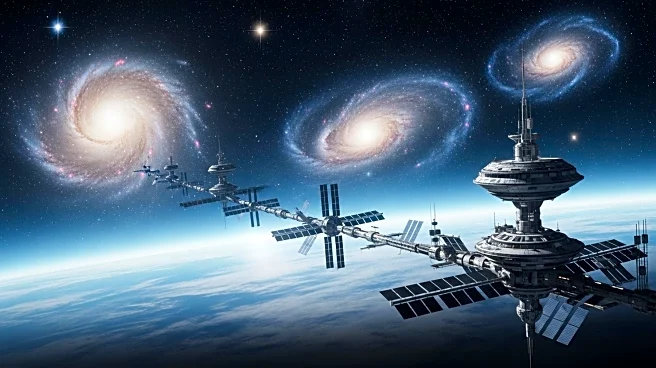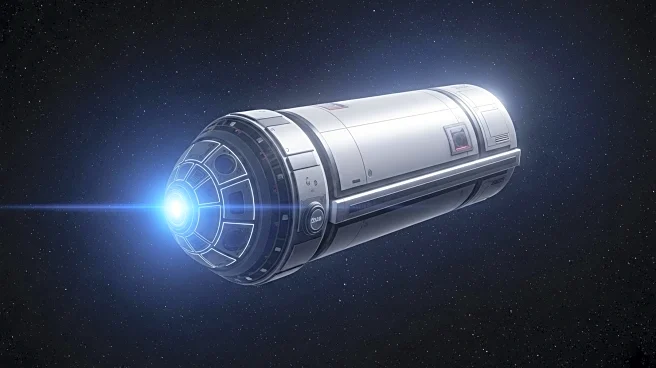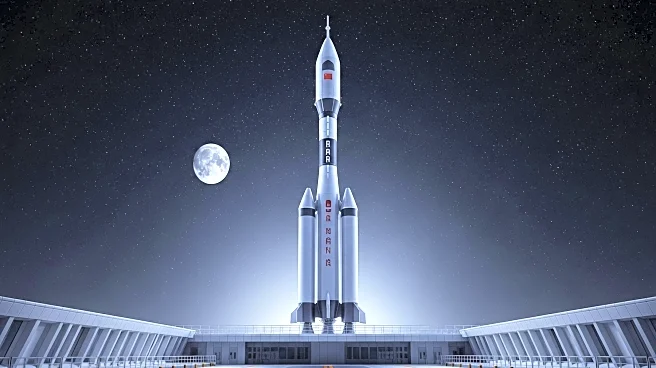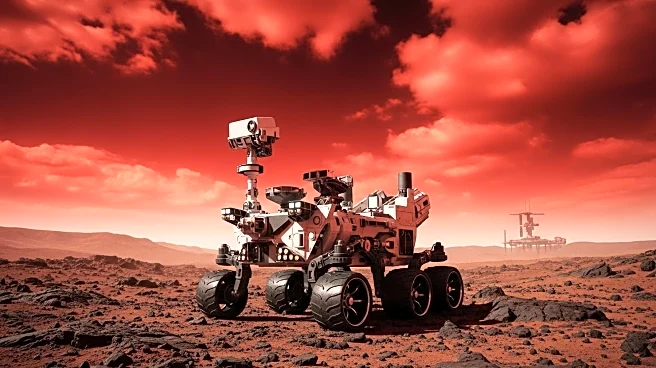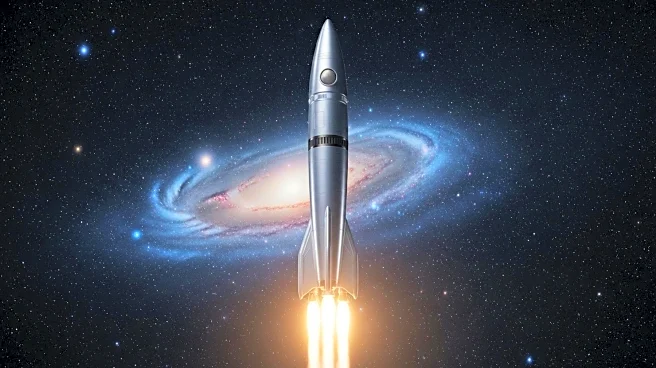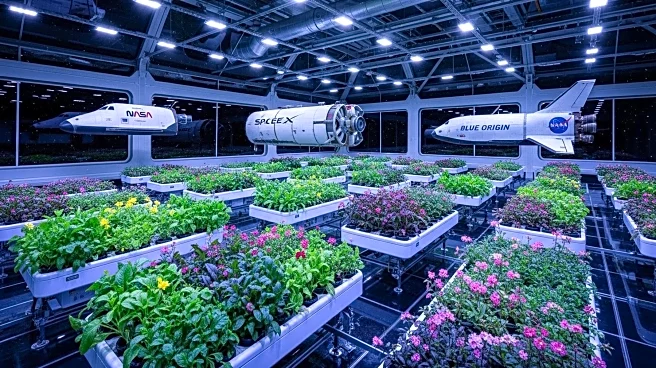What's Happening?
Chinese astronauts Chen Zhongrui and Wang Jie completed a six-hour spacewalk to install new debris shielding on the Tiangong space station. This operation is part of the Shenzhou 20 mission's ongoing efforts to reinforce the station's defenses against space debris. The Tiangong station, which is about 20% the mass of the International Space Station, has been undergoing multiple shielding upgrades since April 2025. The urgency of these upgrades is driven by the constant threat posed by orbital debris, which can damage spacecraft.
Why It's Important?
The reinforcement of Tiangong's defenses is crucial for China's ambitions in space, as it seeks to establish a secure and sustainable presence in low Earth orbit. The threat of space debris is significant, as even small particles can cause substantial damage. China's proactive measures reflect its technical maturity and strategic intent in space, a domain increasingly seen as contested. The international dimension of this development is underscored by the U.S. Space Force's view of China as a primary strategic threat in orbit.
What's Next?
China's plans to expand Tiangong with additional modules could increase its capabilities and exposure to debris. The experience gained from these upgrades will inform future designs of space stations and missions. As the Shenzhou 20 crew approaches the end of their mission, their work highlights the risks and rewards of human spaceflight in a crowded orbit. The international community will continue to monitor China's advancements in space technology and strategy.
Beyond the Headlines
China's meticulous approach to safeguarding Tiangong illustrates both the nation’s technical maturity and its recognition of space as a contested domain. As orbital hazards multiply and international competition intensifies, proactive engineering and strategic foresight will determine not only who leads in space, but who endures.

